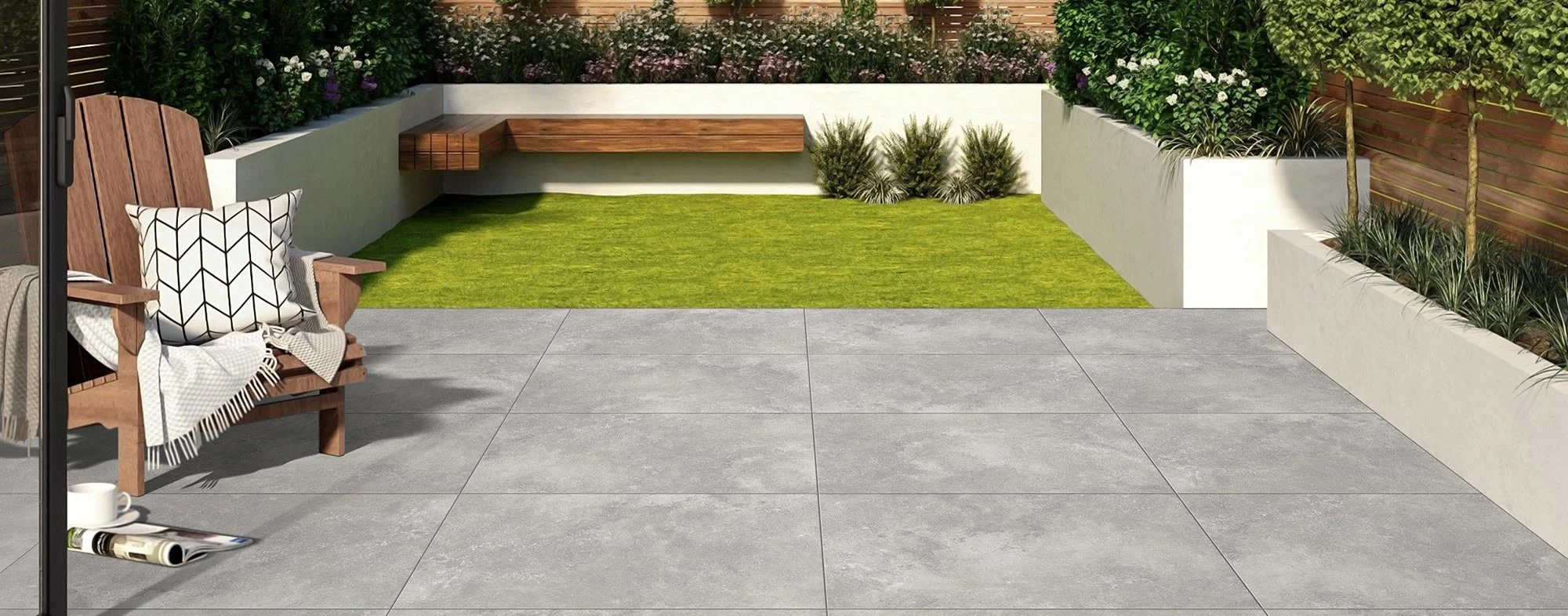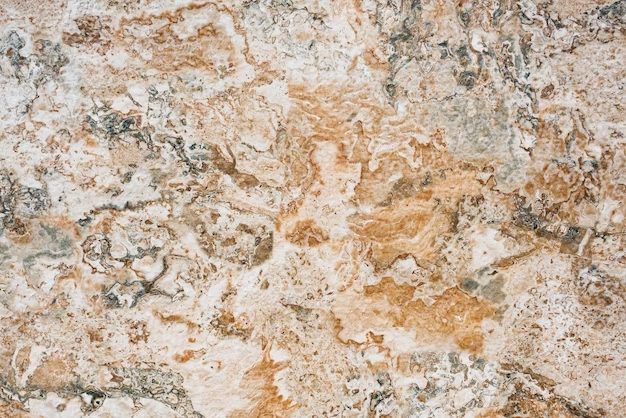Unique Finishes Offered By Strata Stones
1. Antique Finish
As the name suggests, the antique finish on natural stones is primarily an aesthetic effect in finish texture and appearance, intended to give the surface of the stone a look of old age, wear, and weathering. Usually, while there are other different alternative means to produce the finish, the traditional process in antiquing natural stones includes taking small slabs or cut tiles of a chosen material- having already been cut to the required dimensional size, and passing them through a mechanical rotating drum, popularly known as a tumbler along with various finish media and good amount of water, the media mix, tumble and rotate together in the drum, washing up onto one another, wearing down corners and abraiding the surfaces so as to create the appearance of having been subject to the elements of weather and time. Once processed through the tumbling process, the aesthetic outcome are cut to size slabs and tiles, now appear to be aged and worn with rounded corners and opened face texture that adds a weather worn look on the product.
2. Flamed Finish
Flamed finish is typically a thermal finish in hard natural stones which are rough and have no shine. In this rigorous process of flaming the stone, a high intensity flame is applied to the stone in a way that the surface burns and all the crystals are visible. Some stones such as flamed finish granite may also go through a color change because of this process. Following are the characteristics of flamed finish in natural stone:
●The stone is slip and moisture resistant.
●The surface is heavy and roughly textured.
●It has a highly natural and faded look.
●The flamed surface cannot be applied on all types of natural stone. It is quite common in hard stones such as granite.
●They come in very muted and mild earthy shades
●It is extremely rough and textured, so it can be difficult to clean.
Flamed finish stones are used indoors and outdoors, particularly in areas that get wet too often and are prone to water. It is majorly used in swimming pool decks, outdoor landscape pathways, and patios. In specific areas, flamed and polished granite are used together to create a contrasting and interesting design feature.
3. Shotblast And Sandblast
A lot of people are confused about the difference between shotblasting and sandblasting. While these terms may sound similar, they are actually separate process both involved in the overall abrasive blasting business. The difference between the two is that shotblasting is usually called straightforward. It lies in the application technique that material cleaning, preparation and restoring industry experts use to apply abrasive material to stones being prepared for finishing. Shotblasting deploys centrifugal force from a mechanical device to shoot treatment media upon the product.
Sandblasting is now a misnomer. The abrasive blasting industry hardly uses sand as a treatment media as sand has certain properties that make it really difficult to work with. There are better and safer blasting media materials available nowadays than silica sand. They include media manufactured from metals, minerals, plastics, glass, and organics such as walnut shells and corn cobs.
Irrespective of the abrasive media, sandblasting refers to the process of propelling that abrasive media with compressed air. This process of cleaning and preparation takes compressed air as a source of power and directs a high-pressure stream of abrasive media toward the given surface. Sandblasting is a pre-finishing technique that has been around for centuries. Its equipment has also evolved from free-spraying streams of sand cleating dust clouds to extremely elegantly contained enclosures with accurate abrasive stream control.
Shotblasting refers to the process of propelling abrasive media material with centrifugal force. It has a completely different pressurizing system than sandblasting. This treatment method uses a device similar to a spinning wheel to accelerate shot-like material and blast it against any surface. It is a rather aggressive abrasive technique as opposed to sandblasting. It is mainly used for larger and more difficult preparation objects that require a strong application force and a denser media material to clean and ready a surface. It also needs strict containment as the force of blasted shot can cause collateral damage if the process is not kept confined.
4. Leather Finish
The leather finish stone usually has a leather-like, pebbly surface. It is a rather recent trend that is gaining a lot of popularity. It has a grainly look with a subtle gloss that is less intense as opposed to polished granite. Diamond-tipped bristles are used for sweeping over honed granite to produce the delicate structure of the stone. Leather finish natural stones are usually costlier than polished natural stone.
5. Bush Hammered Finish
A bush hammered finish on natural stone can be achieved through the use of a high impact machine or by hand using masonry tools to pit the stone surface uniformly. It is also a finish that is applied to concrete. By impacting the material’s surface repeatedly, a weathered, rough texture is created. This can significantly enhance the natural tonal variations in the material and add more interest to a space. Apart from aesthetics, bush hammered finish on porcelain tiles or natural stone offers functional purpose. When used on an existing surface, it can help renew the flooring material bond better.
Bottom Line
We, at Strata Stones, primarily use the finishes discussed above not only to add to the aesthetics but also to provide practical options for your flooring needs. So, get in touch with us today and pick out the finish that suits you best.









